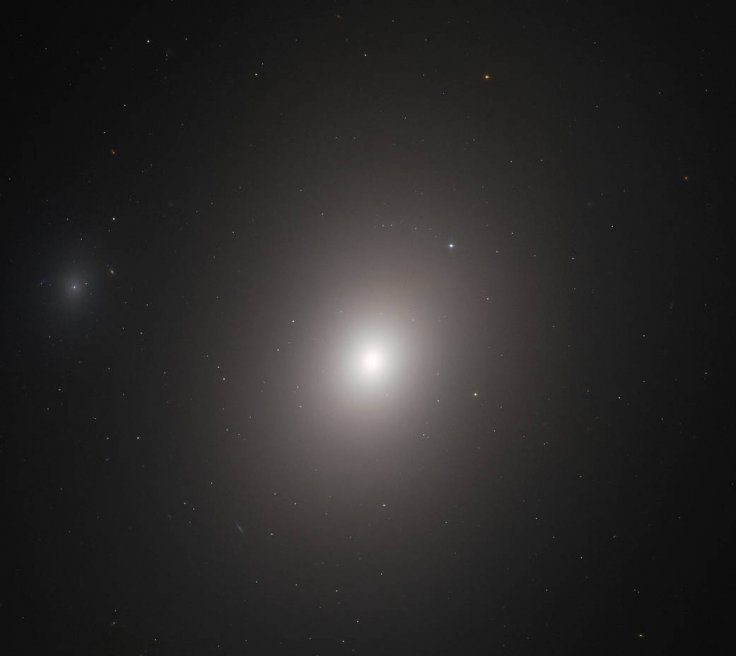
The Hubble Space Telescope, which is operated by NASA and the European Space Agency (ESA) has detected a galaxy that's moving rapidly towards Earth's vicinity. According to the space agencies, the galaxy is moving so fast that it's ripping itself apart.
The ESA and NASA identified the approaching galaxy as Messier 86. It was first discovered in 1781 by the astronomer Charles Messier. Although the space agencies have had the opportunity to study and observe the galaxy for quite some time now, they are still not sure if it is an elliptical or lenticular galaxy, which is a type of hybrid between elliptical and spiral galaxies.
As per the data collected by the ESA and NASA, Messier 86 is located about 50 million light-years away. It is situated within a galactic region known as Virgo Cluster. Based on the agencies' latest observations, the galaxy is currently moving towards Earth's neighbourhood. The space agencies noted that Messier 86 is moving at an impressive speed of around 874,000 kilometers per hour.
Its current velocity is causing the galaxy to go through a destructive process known as ram-pressure stripping. As explained by the ESA, this occurs when a galaxy moves so fast that its gas and dust get stripped off by other cosmic materials.
"Because of the speed with which it is moving through the cluster, Messier 86 is undergoing a process known as ram-pressure stripping," the space agency said.
"The resistive material filling the gaps between individual cluster galaxies is pulling at the gas and dust in Messier 86 and stripping them out as the galaxy moves, creating a long trail of hot gas that is emitting X-ray radiation," the agency added.
It is not yet clear if Messier 86 will be completely ripped apart before reaching Milky Way due to ram-pressure stripping.
It should be mentioned that Messier 86 isn't the only galaxy that's approaching Earth's neighbourhood. Earlier this year, it was discovered that the Andromeda galaxy is on a collision course with Milky Way. Scientists predicted that the massive collision between these two galaxies will occur in about four billion years from now.
According to studies about the upcoming cosmic event, the huge clash will most likely result in one galaxy getting completely devoured by the other. Unfortunately, since both Andromeda and Milky Way are massive galaxies, it is not yet clear which one will survive the galactic collision.









